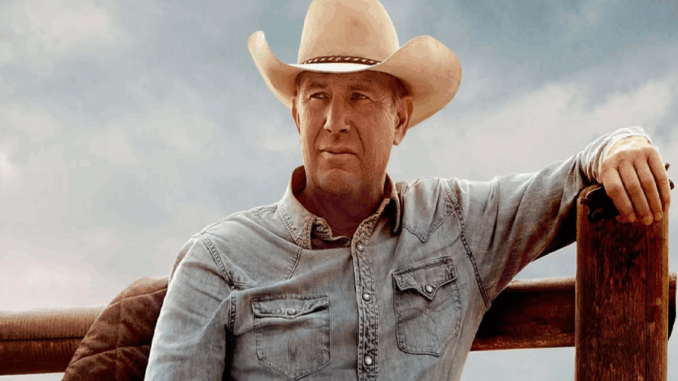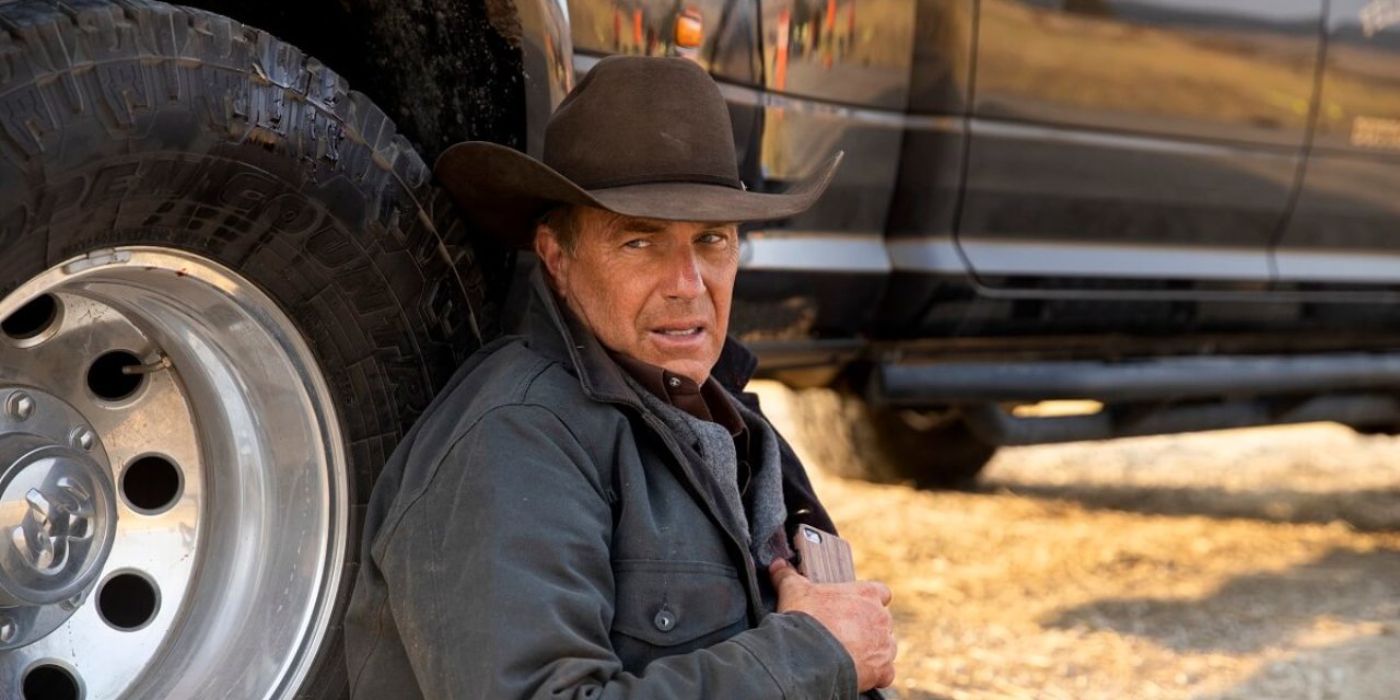John Dutton’s lifestyle might look glamorous on Yellowstone, but real ranchers say the truth is far less cinematic. Is the ranching life really as rich and ruthless as the show suggests?
Helicopters. Designer trucks. Big drama. But what about real money?
As Yellowstone charges toward its dramatic conclusion, one question keeps buzzing like a low-flying chopper over the Montana plains: how real is the life of John Dutton? Played by Kevin Costner, Dutton commands a vast empire—but according to actual cattle ranchers, the show might be selling a fantasy.

Variety sat down with Jessie Jarvis, a real-life rancher, and her verdict was eye-opening. While Yellowstone nails the aesthetic, it wildly exaggerates the lifestyle. “The Duttons are very wealthy, and that does not track with the majority of farms and ranches in America right now,” Jarvis explained. Most ranchers don’t own helicopters or luxury equipment. The glossy pickups and elite Bloomer trailers? They’re more common in rodeo circuits, not everyday ranching.
According to Jarvis, the average American ranch is far more modest. It’s a family-run affair, often held together by sweat, sacrifice, and generations of hard work. Ranching isn’t just a job—it’s a way of life that demands round-the-clock commitment. Many ranchers wake up before dawn and work long past sunset. They’re responsible for the health of their livestock, the upkeep of the land, and navigating a volatile marketplace that rarely guarantees profit.
And while the show’s backstabbing boardroom politics and shootouts are fictional flair, some of the stress and conflict hit close to home. Land encroachment is a real concern. As urban development pushes further into rural areas, ranchers face increasing pressure to sell land that’s been in their family for generations. The emotional and financial stakes are incredibly high.
Matt Pierson, a Montana rancher, echoed those sentiments in an interview with Men’s Health. He praised the show for capturing the mental toll of running a ranch—the isolation, the long hours, and the unrelenting responsibility. “Yellowstone might turbocharge the drama,” Pierson noted, “but the hard days? Those are real.”
The numbers support their stories. According to USDA data, the average income for a full-time cattle rancher can vary widely based on location, herd size, and market fluctuations—but most earn between $35,000 and $70,000 annually. That’s a far cry from the billionaire backdrop Yellowstone portrays. Profit margins are razor thin, especially with rising costs for feed, fuel, and equipment.
Despite the challenges, many ranchers are proud of what they do. They love the land, the lifestyle, and the legacy. For them, the reward isn’t about money—it’s about preserving a tradition and providing for their communities. They play a crucial role in America’s food supply chain, yet their struggles are rarely spotlighted in the media.
Interestingly, Yellowstone has sparked more interest in ranch life than any series in recent memory. Ranch vacation experiences, cattle drives, and dude ranch stays have surged in popularity. Some real ranchers see this as a double-edged sword: it brings visibility, but also glamorizes a life filled with hardship.
So, could you live the Dutton life? Think again. The average cattle rancher makes a modest living. The lavish Dutton empire is more fairytale than fact, a Hollywood take on a grittier reality. And while the hats and horses are real, the multimillion-dollar estates, power grabs, and personal armies? Pure fiction.
For those dreaming of wide-open spaces and the cowboy way, remember: the lifestyle is beautiful, but it’s no shortcut to riches. The real story of ranching isn’t about jets and jewels—it’s about resilience, grit, and an unshakable connection to the land.
Could you survive a day on the Dutton ranch—minus the millions? Or would the harsh truth of real-life ranching break the fantasy?